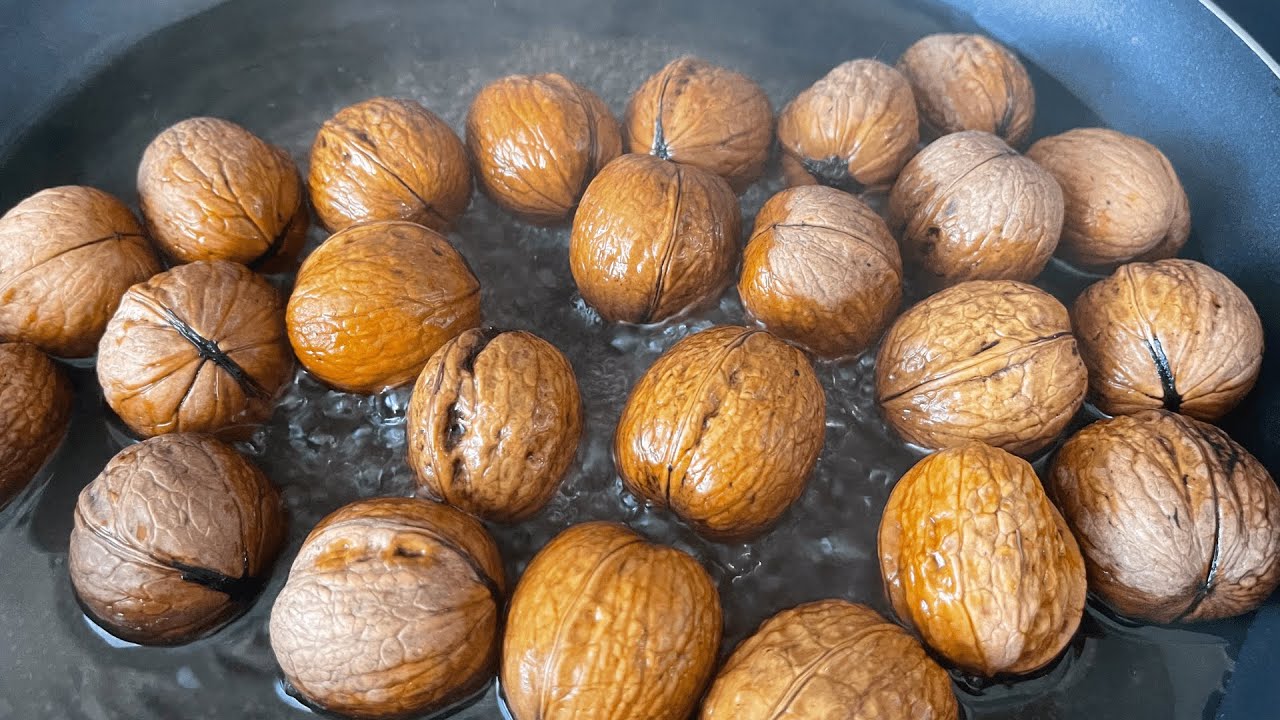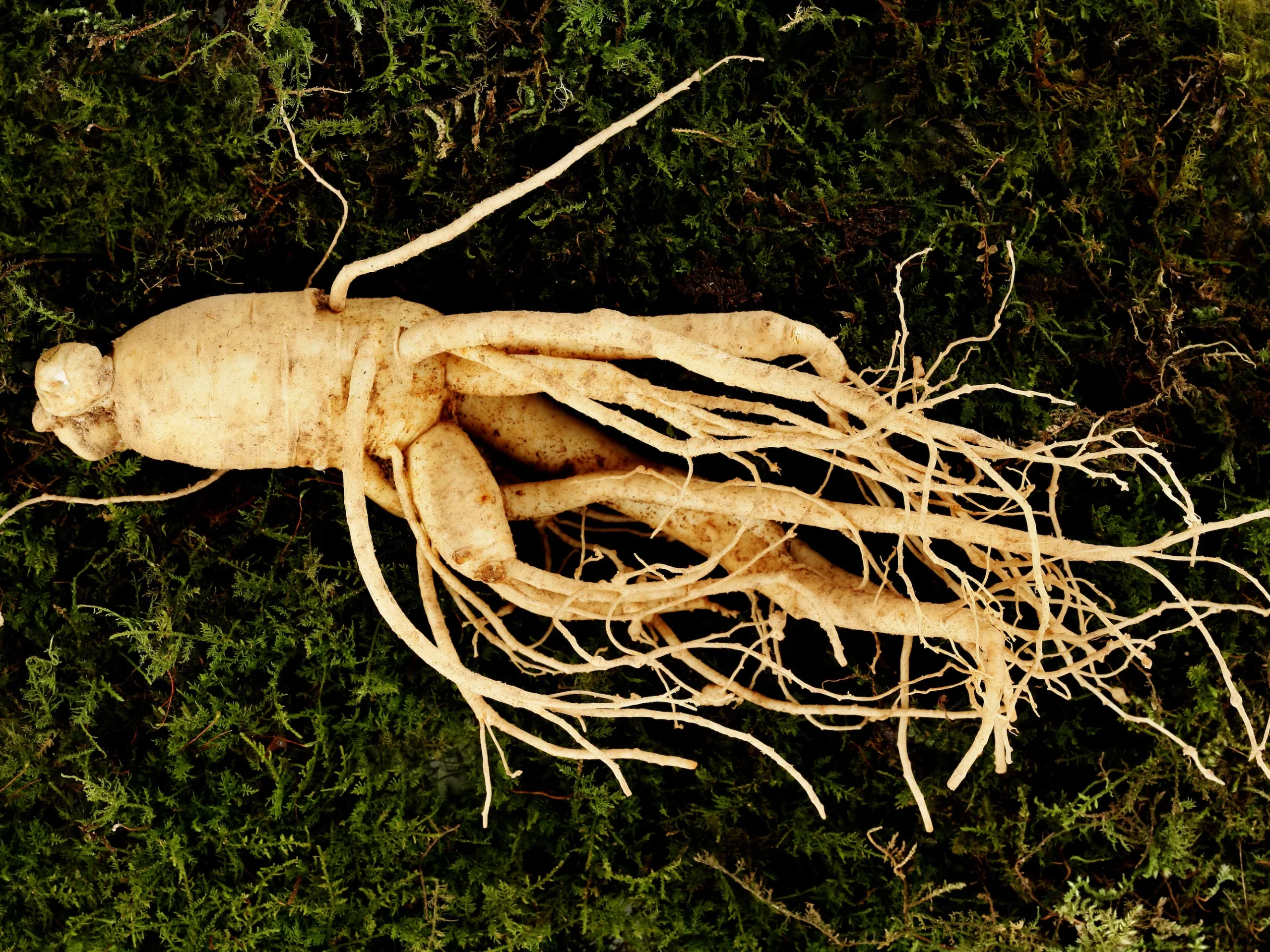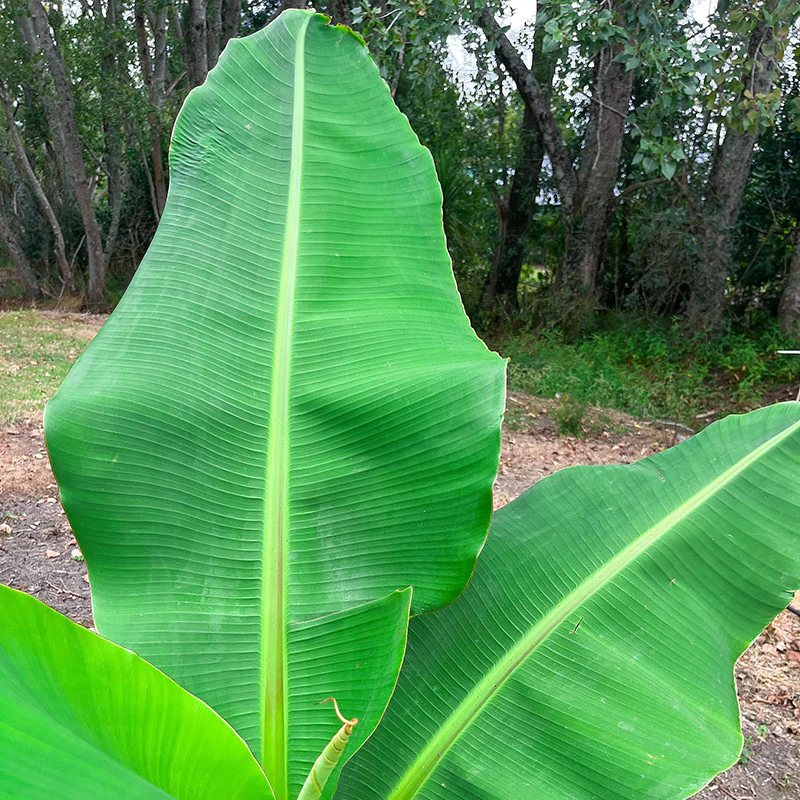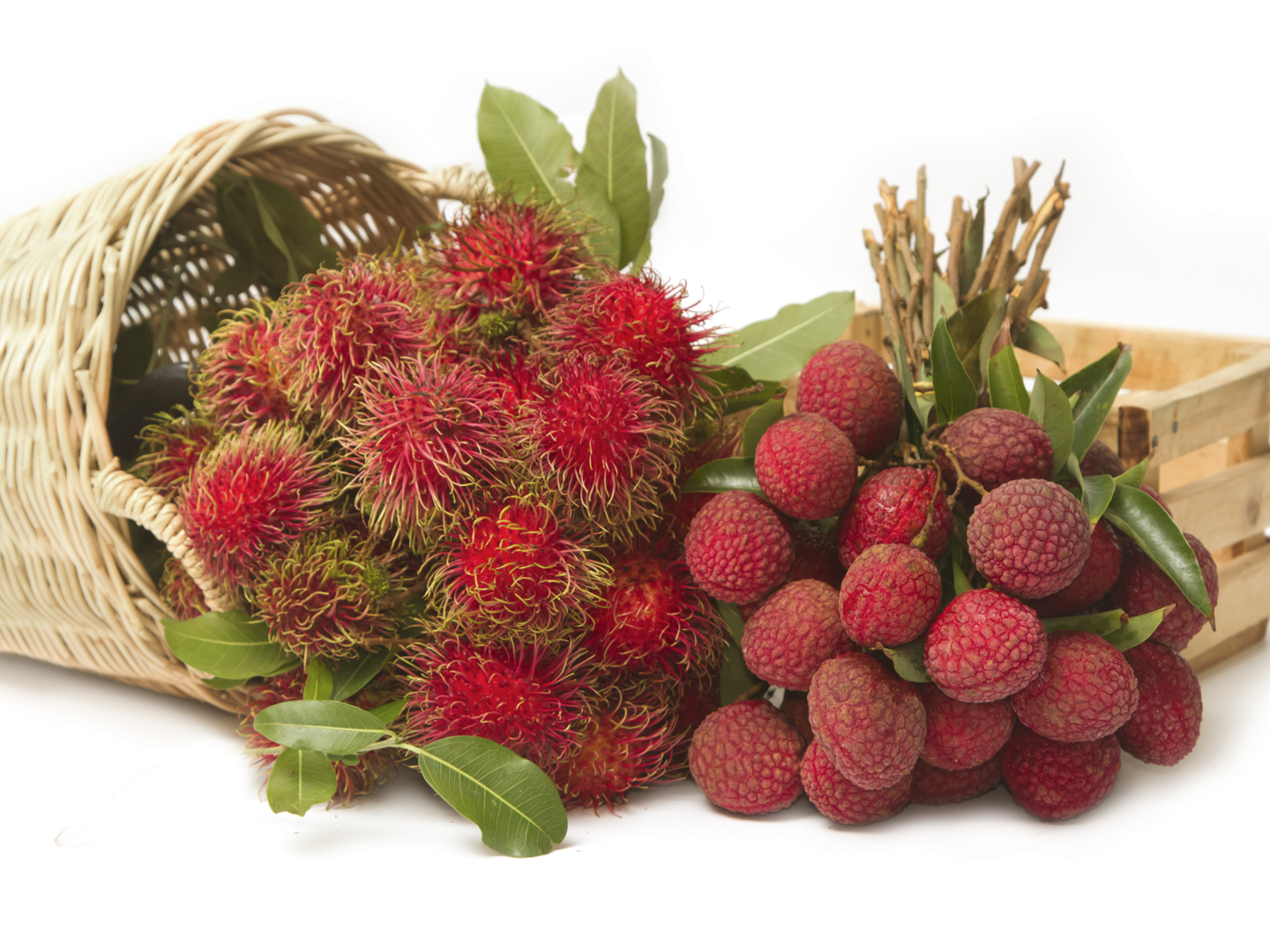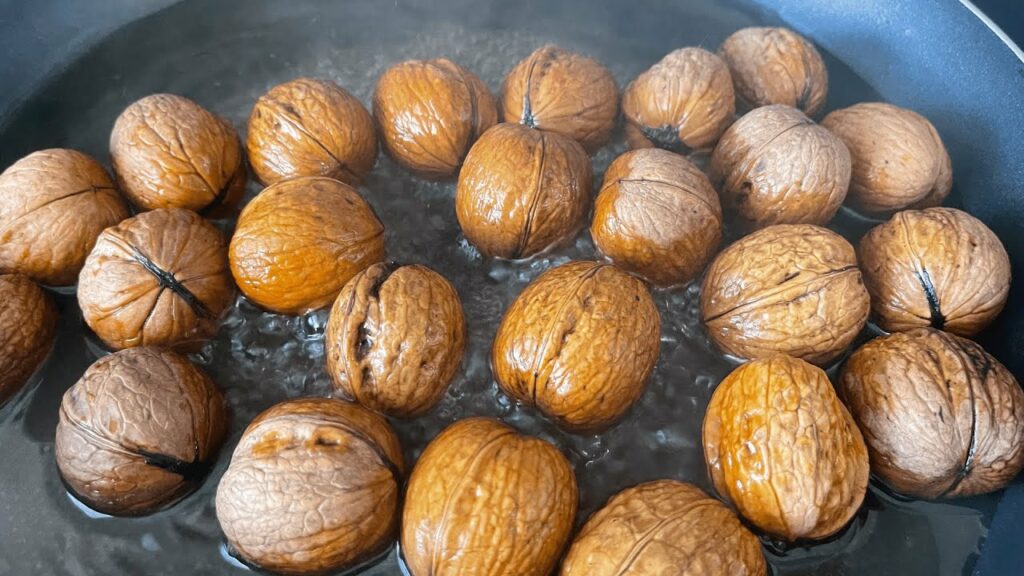
Boiling walnuts is a lesser-known technique that can transform the taste and texture of these nuts, making them unique in flavor and easier to digest. This method, passed down from generations like a cherished secret from your grandmother, not only softens the walnuts but can also reduce their bitterness. Here’s how to boil walnuts and why this old trick is still worth using today.
Benefits of Boiling Walnuts:
-
Reduces Bitterness: The tannins, which cause the bitter taste in raw walnuts, are leached out in the boiling process.
-
Softens Texture: Boiling makes walnuts softer, which is ideal for recipes requiring softer nuts or for those who find raw walnuts too hard.
-
Improves Digestibility: Boiling can help break down some of the compounds in walnuts that are difficult for some people to digest.
Instructions for Boiling Walnuts:
Ingredients:
-
Fresh walnuts, in shell or shelled
Equipment:
-
Large pot
-
Water
-
Colander
-
Towel (optional, for drying)
Steps:
-
Prepare the Walnuts:
-
If using walnuts in the shell, you might want to crack them slightly before boiling to ensure the heat penetrates the nut.
-
If using shelled walnuts, ensure they are clean and free from debris.
-
-
Boil the Water:
-
Fill a large pot with enough water to cover the walnuts completely.
-
Bring the water to a rolling boil.
-
-
Boil the Walnuts:
-
Add the walnuts to the boiling water.
-
Let them boil for about 10-15 minutes. The length of boiling time can vary depending on whether the walnuts are shelled or unshelled and your desired softness.
-
-
Cool and Drain:
-
After boiling, drain the walnuts using a colander.
-
Allow them to cool. If you plan to use or eat them immediately, you can spread them on a towel to dry or just let them air-dry.
-
Tips for Using Boiled Walnuts:
-
Cooking and Baking: Boiled walnuts can be chopped and added to baked goods, like cakes or bread, where a softer texture is desired.
-
Salads and Dishes: They can also be used in salads or other dishes where a less bitter, softer nut might be preferable.
-
Snacking: Enjoy them as a snack, perhaps with a touch of salt or mixed with other spices and seasonings.
Boiling walnuts might seem like an unconventional approach, but it’s a simple, effective technique to enhance their culinary use. This method can open up new ways to enjoy walnuts in your cooking and snacking habits, just as your grandmother might have intended. Give it a try and see how this timeless kitchen secret can improve your recipes and snacking experience!
